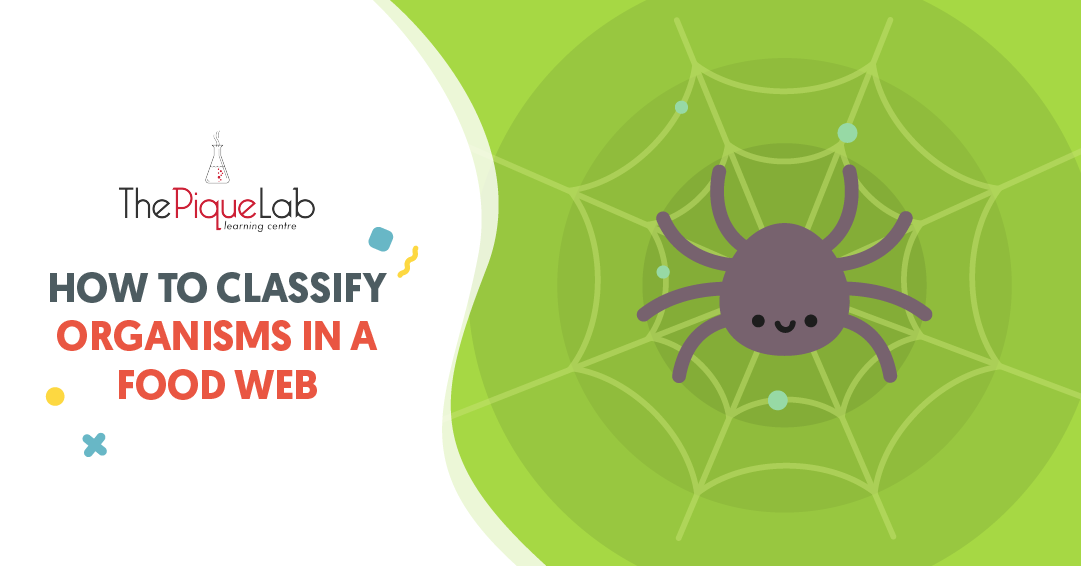In this article, we will be analysing the 2018 Anderson Primary School (ADPS) P4 SA2 examination paper. As always, we’ll be sharing the topic weightage and discussing 2 interesting questions from this paper.
Read Also
Let’s recap on the topics commonly covered in the P3 & P4 curriculum:
- Diversity
- Materials
- Animal Life Cycles
- Plant Life Cycle
- Body Systems
- Magnets
- Matter
- Light Energy
- Heat Energy
Most schools cover Magnets, Light Energy and Heat Energy in P4, typically in the second half of the year. As such, it is not surprising to find that the weightage for these 3 topics are higher in this paper.
There are a total of 10 questions on Heat Energy in this paper and 7 questions on Light Energy! In the third place, we have Magnets with 6 questions in the paper.
If your child is weak in these topics, the 2018 ADPS P4 SA2 examination paper is ideal for your child to practise on!
The table below is a summary of the topical weightage for this paper:

Question Analysis
Since Heat Energy has the highest weightage in this paper, we will be discussing how to tackle a question from this topic, using Q43(b). We will also be analysing a commonly tested question on Animal Life Cycles, which many students struggle with.

Source: Anderson Primary School – 2018 P4 SA2 Science Examination Paper [Q34]
Background Information
Before we answer this question, let us do a quick recap on the life cycles of the mosquito and cockroach. Can you recall the number of stages in the life cycles of mosquitoes and cockroaches?
This shouldn’t be too hard for you! The mosquito has 4 stages in its life cycle, namely, egg, larva, pupa, and adult.

On the other hand, the cockroach has 3 stages in its life cycle, namely, egg, nymph, and adult.

Now, let us take a look at the question: “Why is it necessary for mosquitoes and cockroaches to lay many eggs each time?”
Thought Process
In order to answer this question, let us imagine a situation in which mosquitoes and cockroaches only lay one egg each time. What are some of the possible scenarios that may happen?
- The egg may not hatch to develop into young.
- The egg may be eaten up by predators before it hatches.
The outcomes of the above scenarios are the same. There will be no more eggs to hatch into young. Hence, there will be no more young to develop into adults, which can reproduce. This will cause the species to become endangered and might eventually become extinct.
Now that you understand the outcome when only one egg is laid each time, let us apply that to answer Q34b.
By laying many eggs at one time, there is a higher possibility that some of the eggs will hatch to form young. In addition, there is also a higher possibility that some of the eggs will not be eaten up and can hatch to form young. The young can then develop into adults, which can reproduce. This will ensure the continuity of the species.
Answer
This increases the chances that at least some of the eggs will not be eaten up by predators and can then hatch to form young. The young will develop into adults, ensuring the continuity of their species.
Now, let’s take a look at the next question on Heat Energy.
Question Analysis

Source: Anderson Primary School – 2018 P4 SA2 Science Examination Paper [Q43]
Thought Process
By looking at the diagram above, we can see that the ice cubes are in contact with the bottles of water. Since the ice cubes are in the solid state, they have a definite shape. As such, there is actually only a small amount of exposed surface area of the ice that is in contact with the bottles. Thus, the bottles of water will lose heat slowly to the ice cubes and decrease in temperature slowly.
The question to ask now is “How will pouring water into the tub cause the bottles of water to cool faster?”
Think about the state of matter water is in. Water is a liquid and liquids have no definite shape. This means that water is able to change shape to take the shape of the container it is in. By pouring water in the basin, the water will occupy the air space between the bottles and the ice.
Since the water is in contact with the ice, the water will lose heat to the ice and become cooler. The bottles, which are in contact with the cooler water would then lose heat to the cooler water and become cooler. Since the bottles are able to lose heat to both the cooler water and ice, they will be able to cool faster.
Answer
Hence, the answer would be “Yes, I agree with Jane’s friend. The water will lose heat to the ice cubes and become cooler. By adding water into the container, the amount of exposed surface area of the cooler water and the ice in contact with the bottles increases. This allows the bottles to lose heat faster to the cooler water and the ice cubes and would cool faster.”
I hope this article gives you a better idea of the thought processes behind these questions and how to tackle them effectively.
Stay tuned for the next article!

If you like our methodology, we’ve some upcoming workshops:







